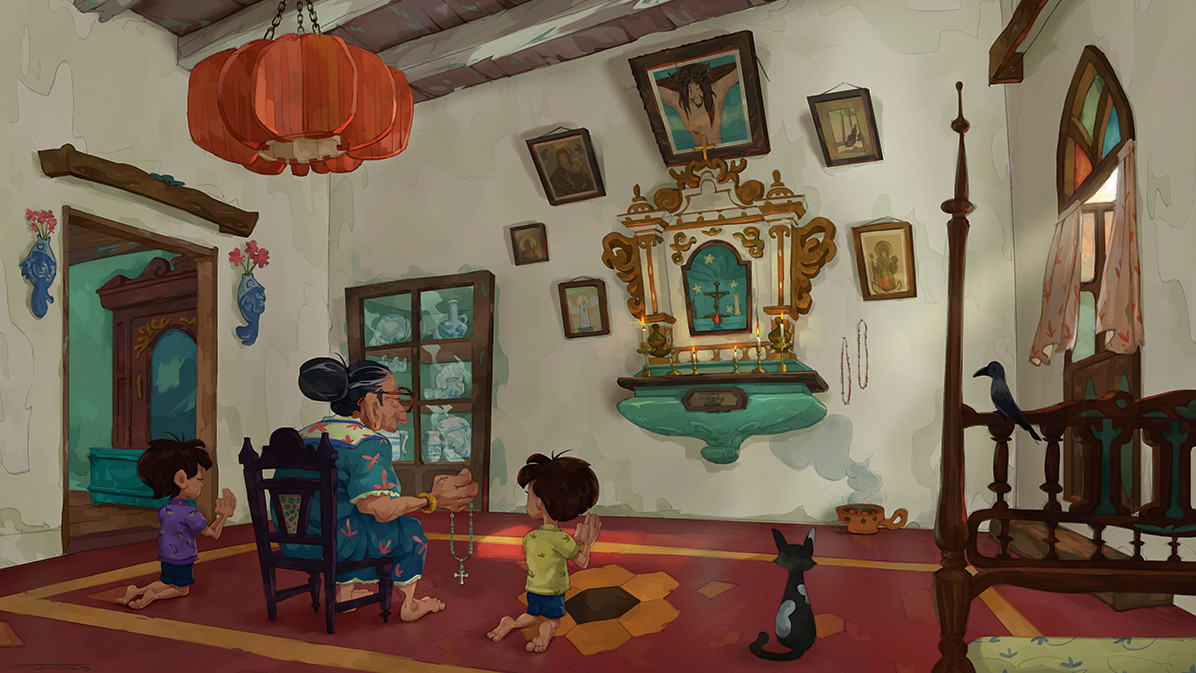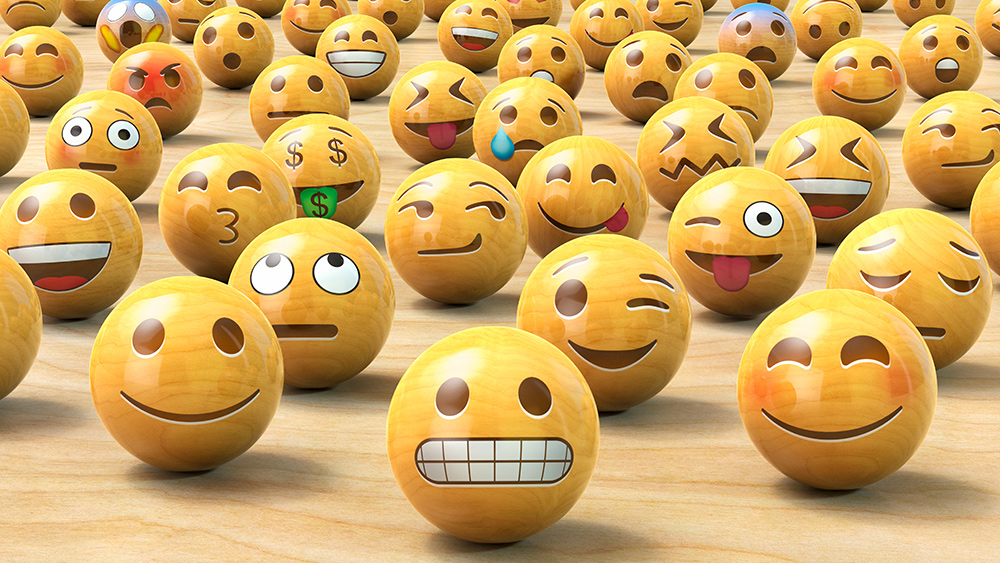
The world's most popular emoji has finally been revealed as the laugh-cry combination. That's according to Adobe's Global Emoji Trend Report 2021, which comes just ahead of World Emoji Day - yes there's a day for that, and it's this Saturday July 17.
Adobe's new report focuses on showing just how much emojis contribute to our daily communication, spreading love and empathy beyond language barriers. The most popular emojis overall are similar to those revealed in the last report in 2019, with the heart and kiss-heart among the favourites, but this year the trusty upward thumb has smashed its way into the top three (see our guide to the best infographic makers on the web if you're looking at making reports of your own.)
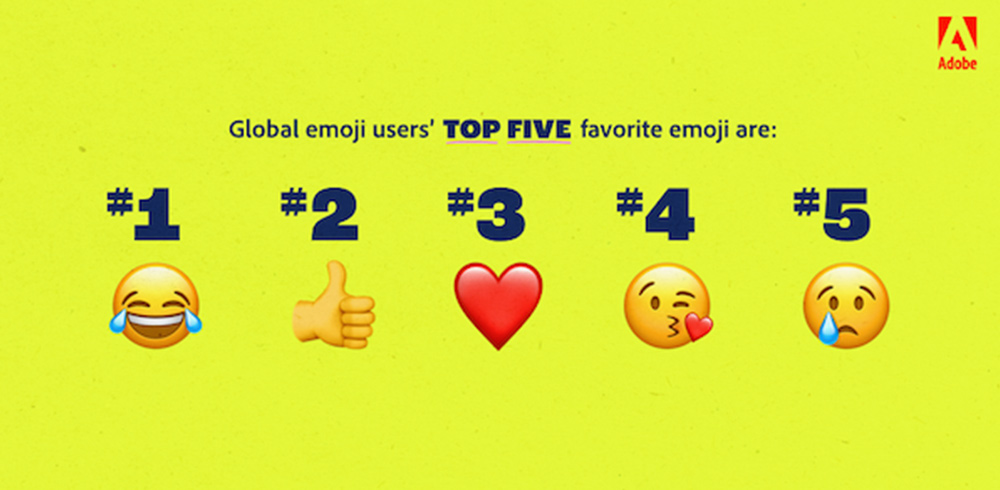
Adobe, which is a voting member of the Unicode Consortium which oversees standards for emojis, compiled this year's report by surveying 7,000 emoji users in the US, UK, Germany, France, Japan, Australia, and South Korea. It reckons the laugh-cry emoji is so popular because of its extreme usefulness to clarify when a message is meant as a joke rather than a serious statement. This is something that became even more important during the global pandemic when we had to rely on digital communication more than ever before.
Adobe typeface designer Paul D. Hunt commented on a blog post: “Language can be very abstract, and this is especially the case when much of our communication is done in the digital realm — without seeing someone’s facial expressions or gestures or hearing their tone of voice. I believe we respond more emotionally to imagery, and so, emoji can help approximate tone of voice, gestures and emotional reactions better with imagery than with words alone. This is the potential strength of emoji: to help us connect more deeply to the feeling behind our messages sent by digital text."
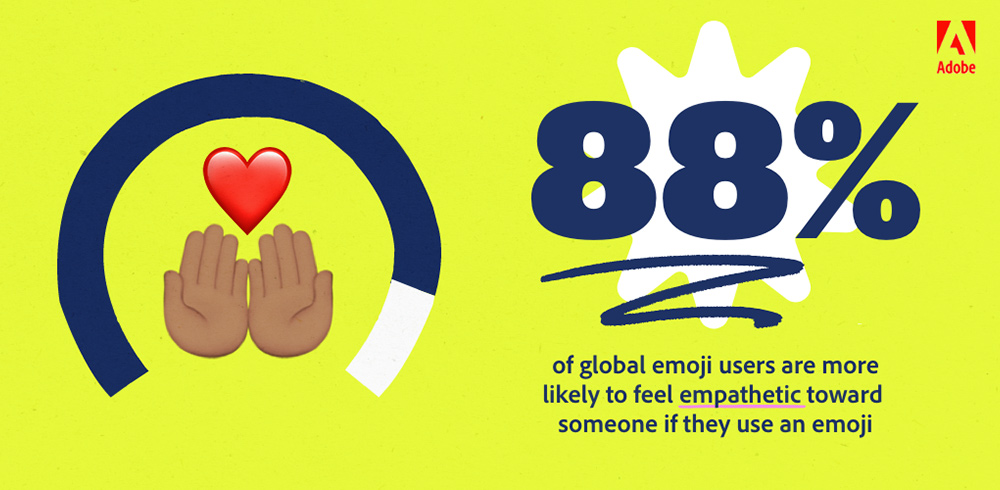
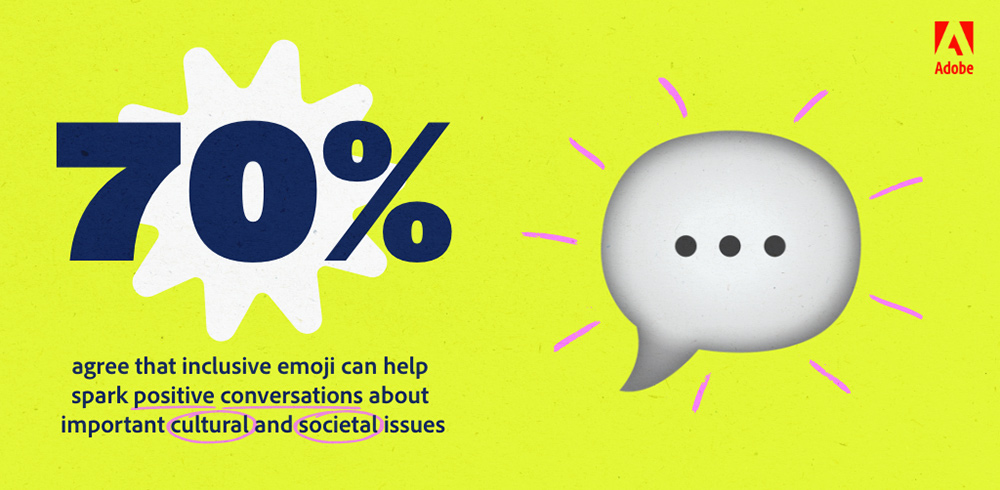
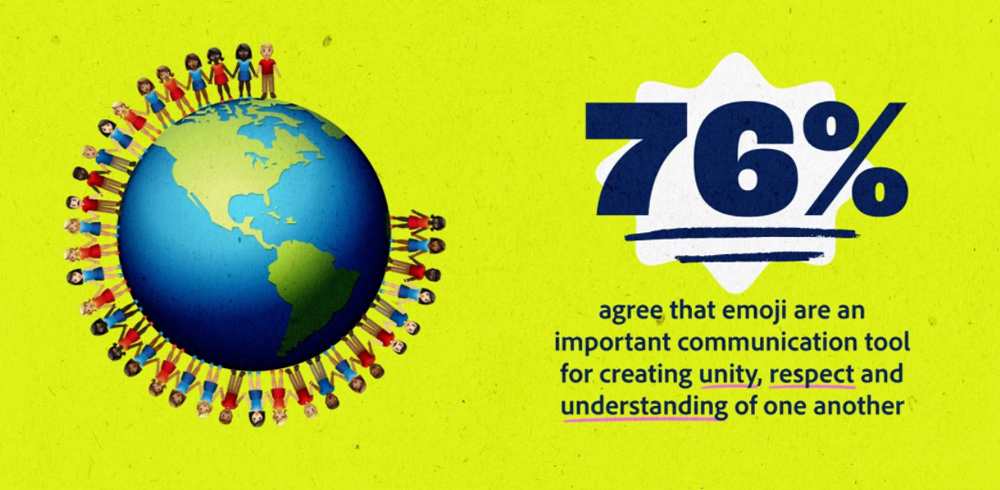
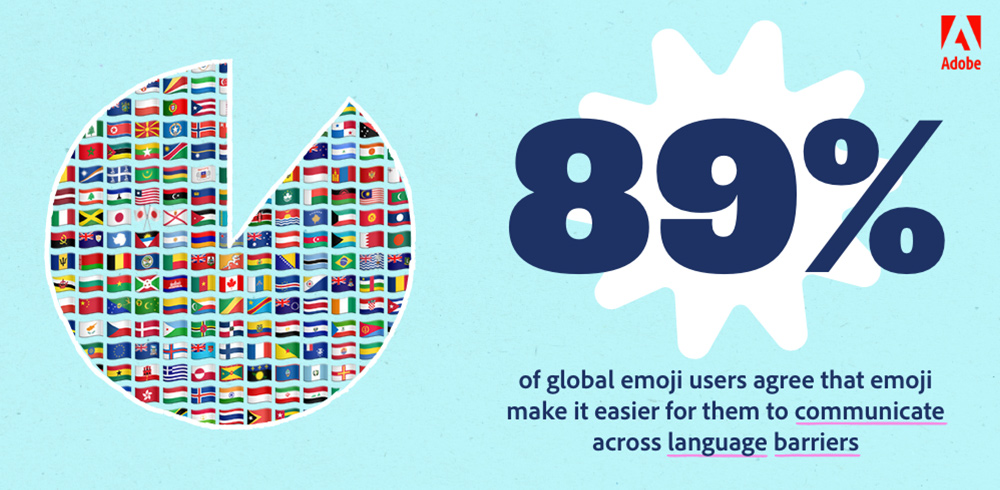
The study's biggest finding this time around is that emojis can help foster empathy. Some 88 per cent of respondents said they are more likely to feel empathetic towards someone if they use an emoji.
On top of that, following the introduction of more inclusive emojis covering different skin tones, disabilities, and members of the LGBTQ+ community, 70 per cent of people agreed that emoji can help spark positive conversations about important cultural and societal issues. “These cute, colorful pictograms are also full of potential relationship building power," Hunt says.
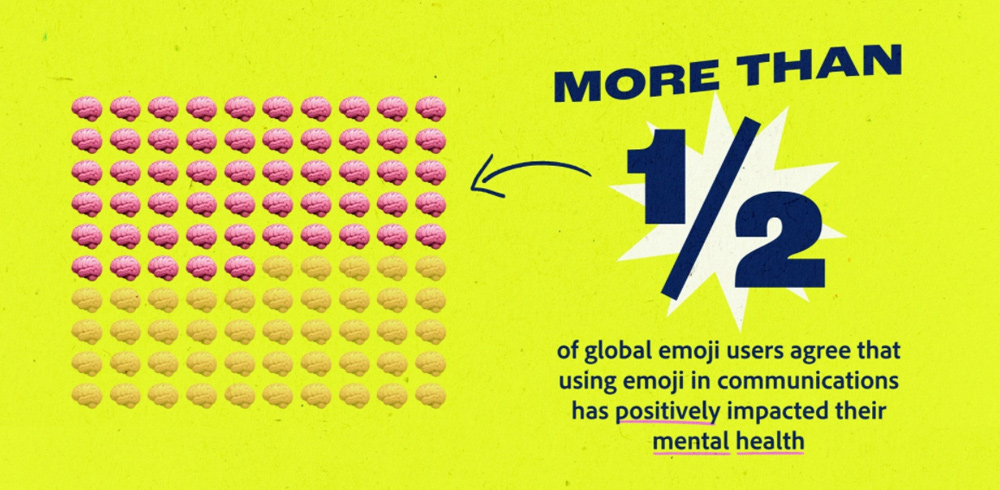
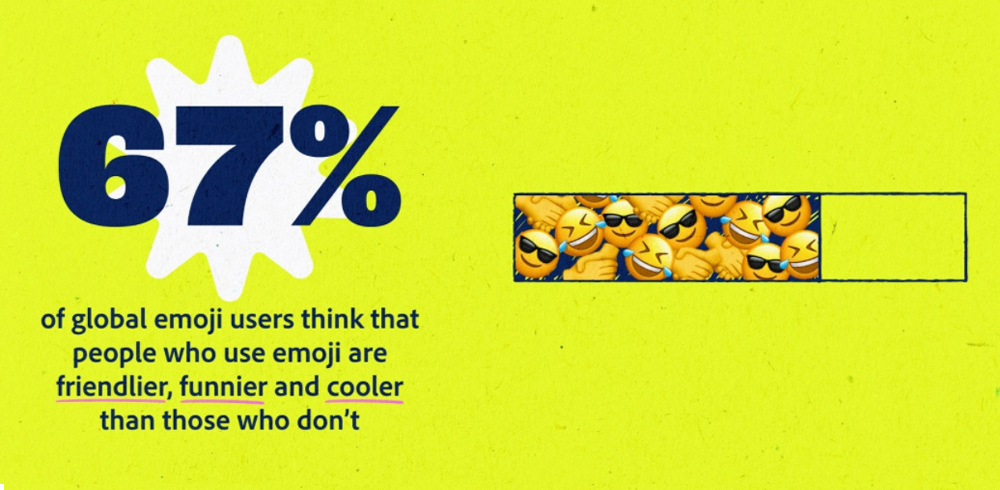
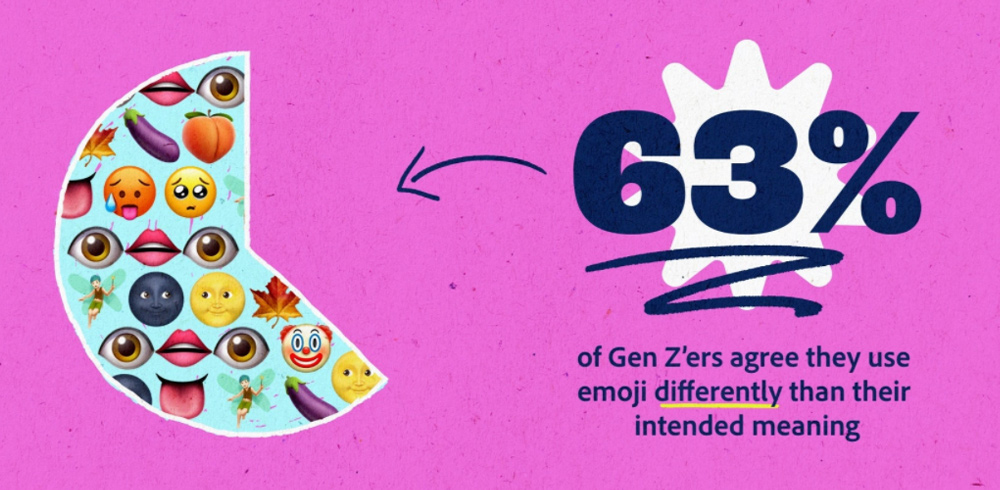
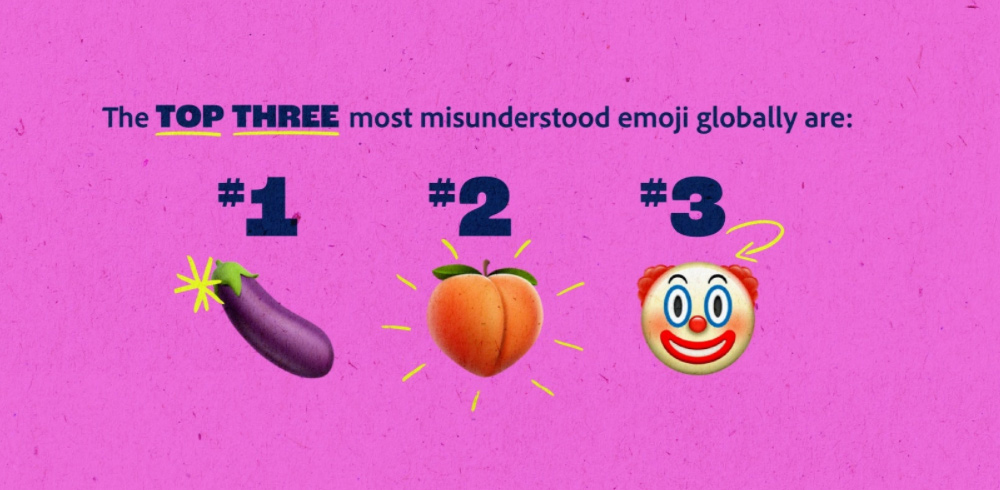
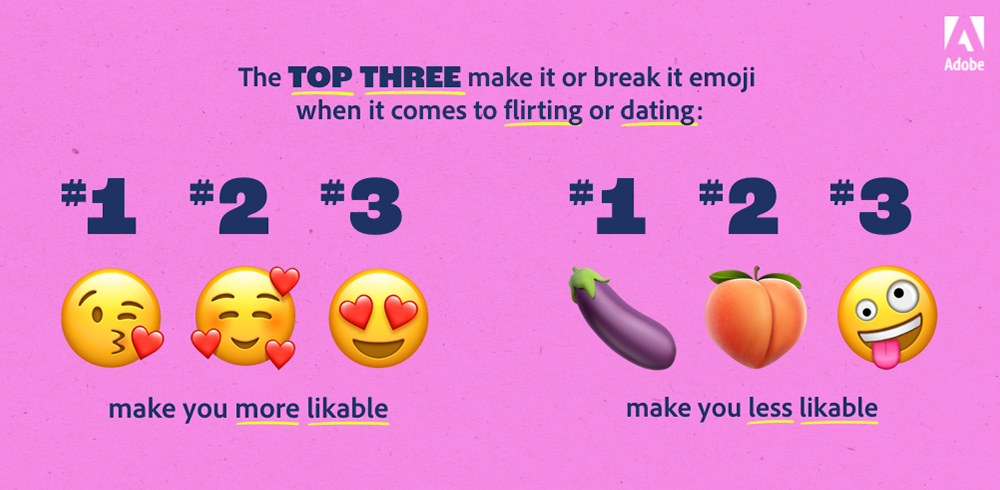
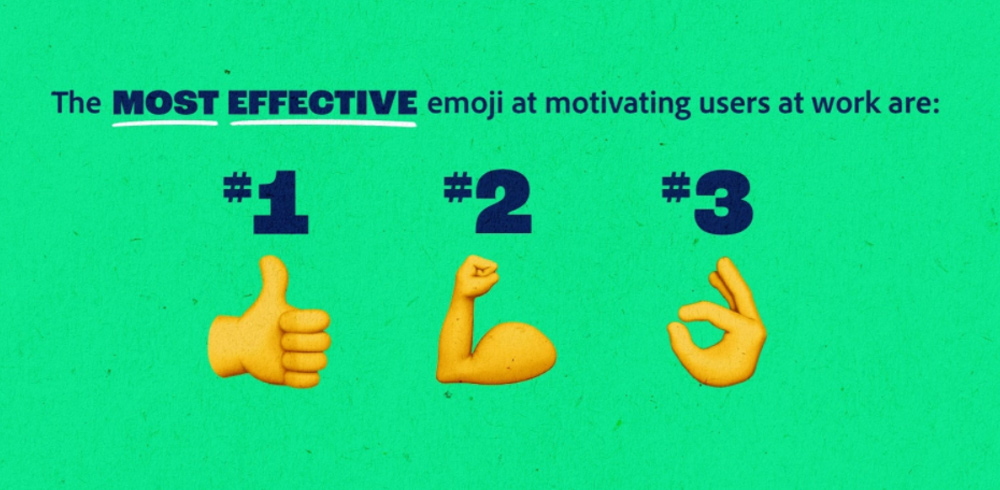
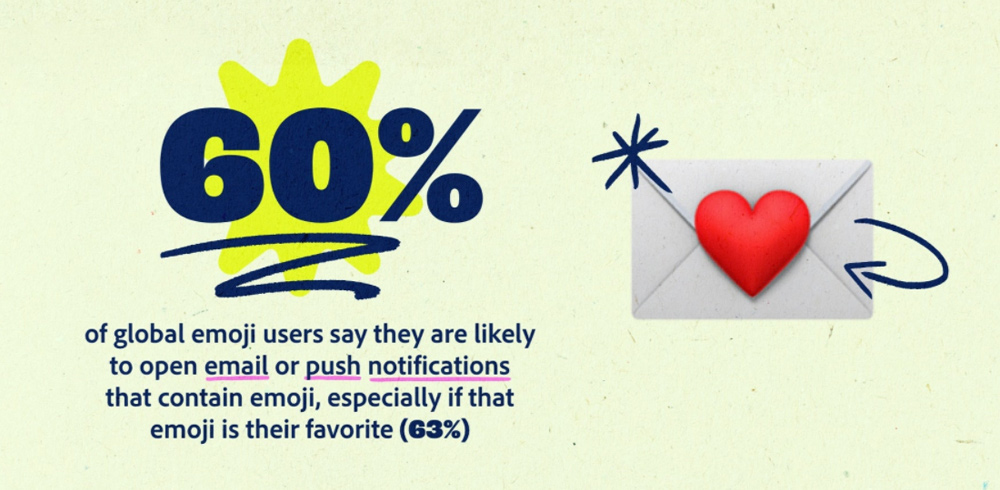
As for the types of emojis that people most want to see expanded, those connected to emotions also came out top here, followed by relationships and food. Those that are most used with non-literal meanings, and the most misunderstood are the eggplant and the peach. Click through the images above to see more findings from the report.
Get the Creative Bloq Newsletter
Daily design news, reviews, how-tos and more, as picked by the editors.
Hunt says: "There’s an English idiom: 'a picture is worth a thousand words.' The jury’s still out on whether an emoji is worth a full 1,000 but it certainly can help in fostering global relationships."
If you fancy trying your hand at designing your own emojis, check out the best Adobe Creative Cloud deals below.
Read more

Thank you for reading 5 articles this month* Join now for unlimited access
Enjoy your first month for just £1 / $1 / €1
*Read 5 free articles per month without a subscription

Join now for unlimited access
Try first month for just £1 / $1 / €1

Joe is a regular freelance journalist and editor at Creative Bloq. He writes news, features and buying guides and keeps track of the best equipment and software for creatives, from video editing programs to monitors and accessories. A veteran news writer and photographer, he now works as a project manager at the London and Buenos Aires-based design, production and branding agency Hermana Creatives. There he manages a team of designers, photographers and video editors who specialise in producing visual content and design assets for the hospitality sector. He also dances Argentine tango.
